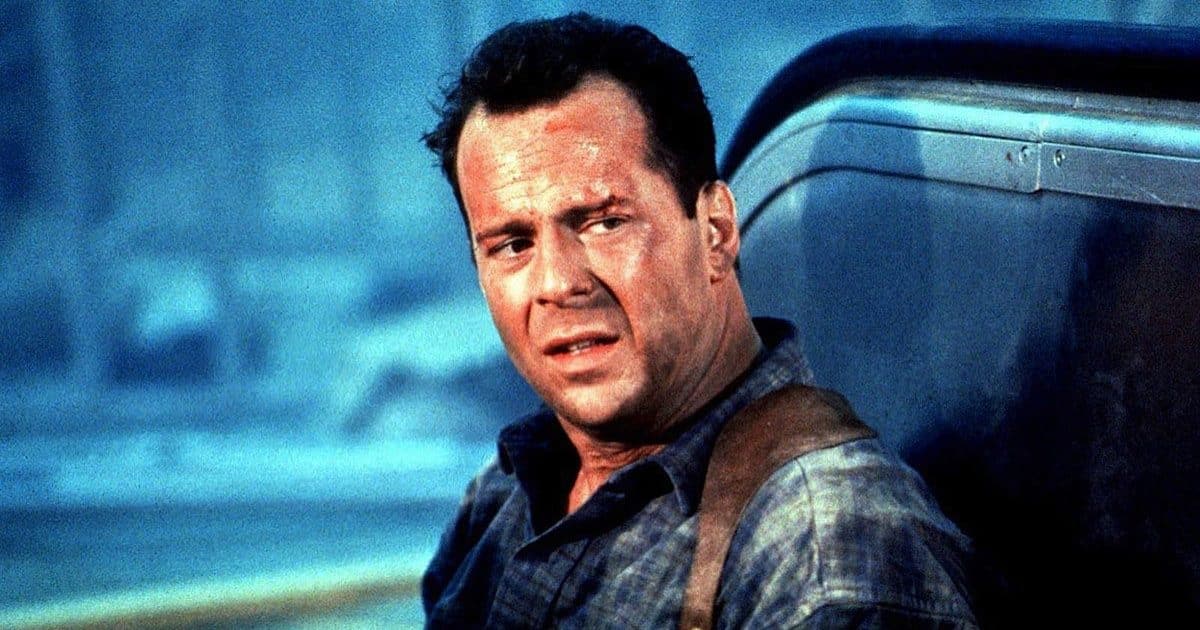1988 blockbuster Die Hard completely changed the face of the Hollywood action movie – so when it came time to make a follow-up, the pressure was on to produce something just as special.
While most fans would agree that 1990’s Die Hard 2 doesn’t top the original, it’s still a hugely enjoyable adrenaline-fueled romp that warrants re-watching more than 30 years later. But did you know the following facts about the high-octane sequel?
25. It was adapted from a novel with no relation to the movies
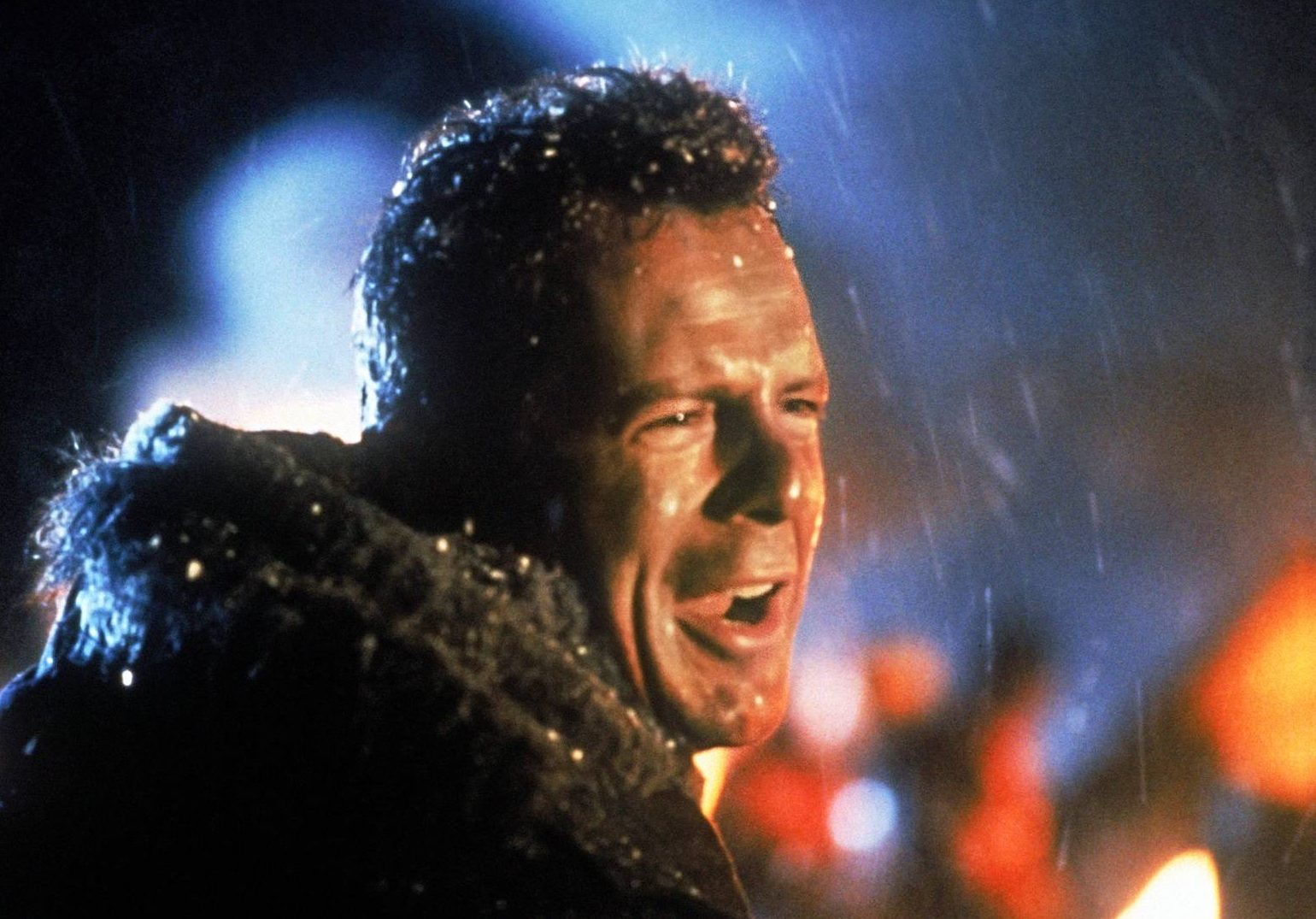
The original Die Hard was a loose adaptation of Nothing Lasts Forever, a 1979 novel from writer Roderick Thorp. In common with its predecessor, Die Hard 2 has literary origins, but it isn’t based on another Roderick Thorp novel: the plot is instead borrowed from 58 Minutes, a novel by Walter Wager which has no relation to Thorp’s work.
First published in 1987, Wager’s 58 Minutes centres on an ageing cop who is waiting for his daughter’s plane to land at New York’s JFK Airport, when it is seized by terrorists. The movie changes the cop into Bruce Willis‘ John McClane, the daughter into McClane’s wife Holly (Bonnie Bedelia), and moves the action from JFK to Washington Dulles International Airport.
24. Die Hard director John McTiernan dropped out to make The Hunt for Red October instead
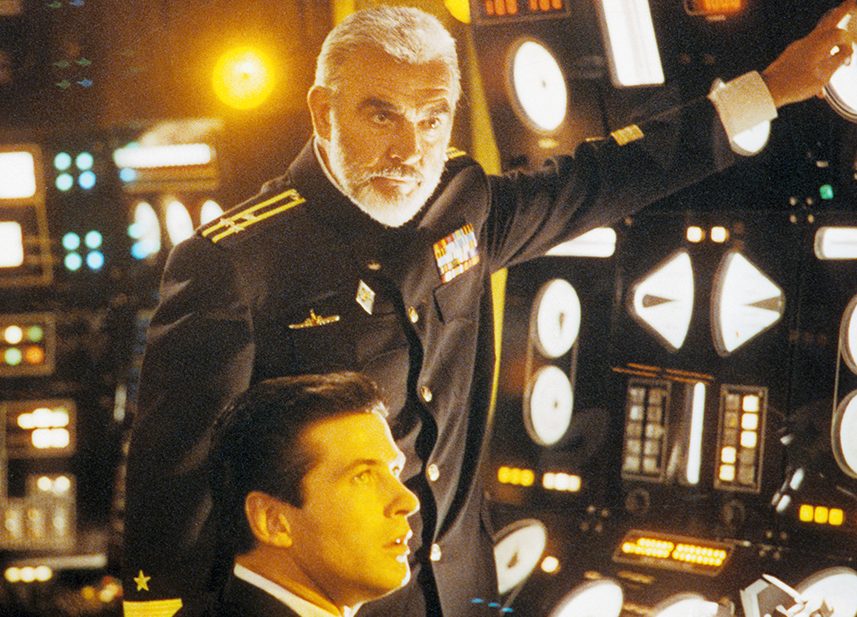
The success of Die Hard established director John McTiernan as a very hot property in Hollywood; so hot, in fact, that he was too busy to make the sequel. McTiernan was unable to return for Die Hard 2 as the production schedule clashed with his work on The Hunt for Red October, the 1990 submarine thriller starring Sean Connery and Alec Baldwin.
In McTiernan’s absence, producer Joel Silver hired director Renny Harlin, who at the time was best known for his work on A Nightmare on Elm Street 4: The Dream Master. Later, McTiernan would return to the franchise for third film Die Hard with a Vengeance. (Funnily enough, McTiernan would be replaced by another Nightmare on Elm Street director, Stephen Hopkins, on 1990’s Predator 2.)
23. Black & Decker sued the producers over a product placement scene that was cut from the film

As is commonplace in Hollywood, a chunk of Die Hard 2’s budget came from product placement. Power tool manufacturer Black & Decker paid to have their new cordless drill used in the film by Bruce Willis himself. However, once the theatrical cut of Die Hard 2 finally made it to screens, the scene in question was not included.
Considering the money they had paid for their tool to be shown on camera, the top brass at Black & Decker were naturally very unhappy at being snubbed. The company proceeded to sue Die Hard 2’s producers for $150,000, marking the first occasion that a lawsuit had been taken out in relation to product placement. The matter was ultimately settled out of court.
22. The edited for TV version features McClane saying “Yippee ki-yay, Mr Falcon”
Die Hard 2 sees Bruce Willis’ John McClane repeat the line from the previous film that became his catchphrase (we won’t repeat it here – we’re sure you know the line we mean). The censored version of the film released to television in the United States has become legendary among fans, as it changes the line in question to “Yippee ki-yay, Mr Falcon.”
Aside from the fact that the voice actor saying the line sounds nothing like Bruce Willis (a common issue in edited for TV versions at the time), there’s also the question of who this ‘Mr. Falcon’ is meant to be, as no such character exists. McClane could mean General Esperanza, whose codename is Falcon, but this seems a little too tenuous to take seriously.
21. No real airlines would agree to be featured in the film
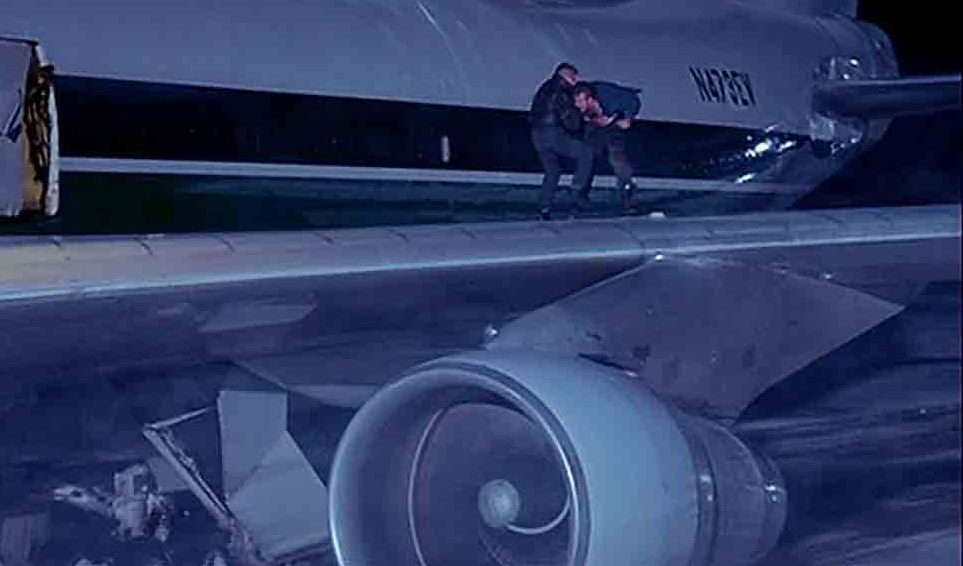
For most major movies that include scenes involving commercial airliners, there is an ideal opportunity for a spot of lucrative product placement. However, when it came to the scenes involving such passenger planes in Die Hard 2, the filmmakers had a problem: no genuine airlines wanted to be involved, as they didn’t like the idea of a movie based on a terrorist attack at an airport.
A similar problem had faced the makers of Planes, Trains and Automobiles, which put off travel companies due to its unflattering portrayal of the industry. For this reason, the makers of Die Hard 2 were forced to do much the same thing that the makers of Planes, Trains and Automobiles had done: simply make up fictitious travel companies instead.
20. A single action sequence contains footage shot at eight different locations
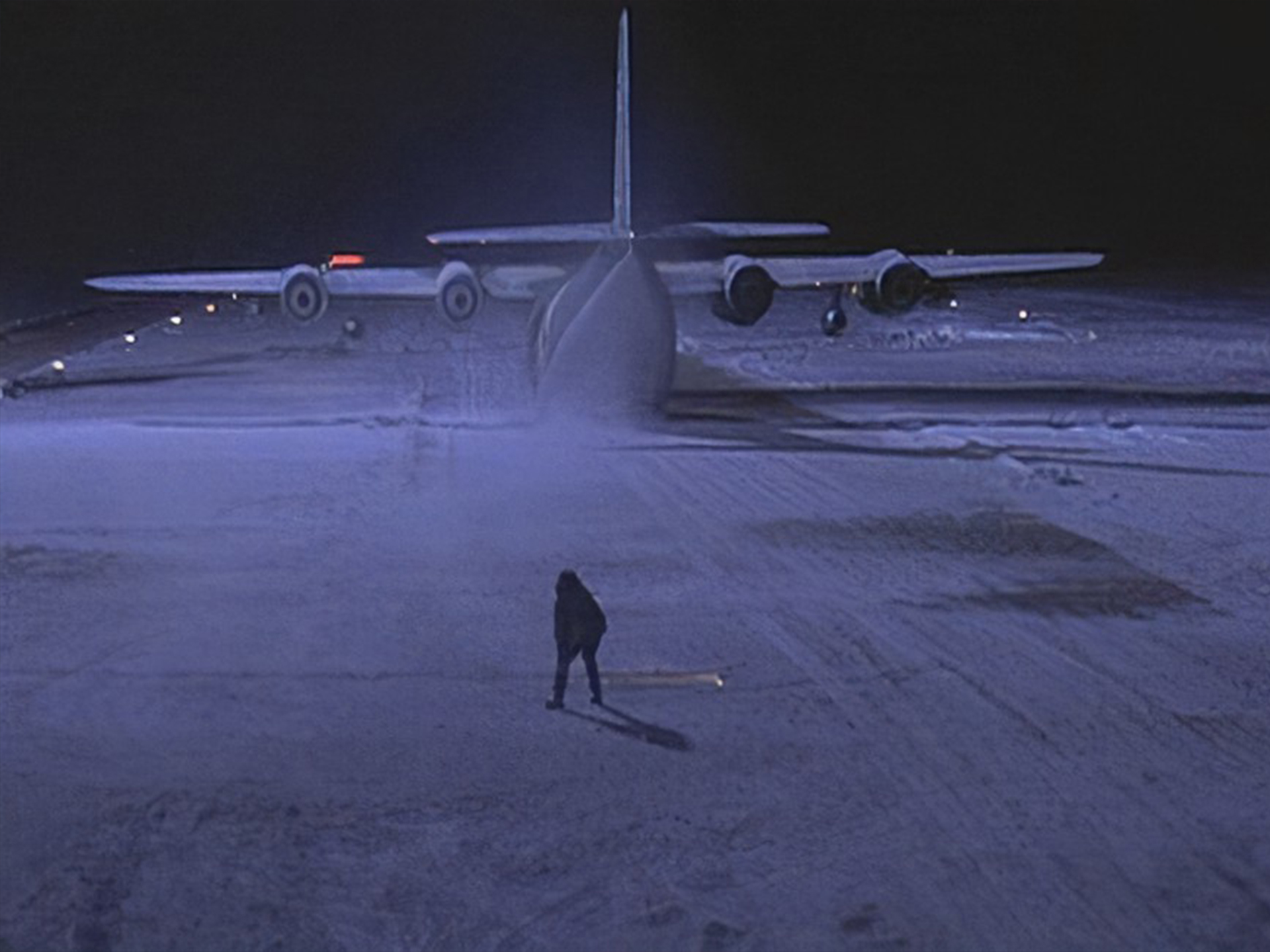
We’re all aware that making large scale action movies is a costly, time-consuming and often complicated business. Even so, it’s a little hard to fathom the logistics that went into the moment in Die Hard 2 when John McClane comes up to the airport runway and narrowly avoids being hit by an oncoming plane as it rushes by.
This sequence creates the illusion that all the action takes place simultaneously in one location, yet in fact it was edited together from footage shot at eight separate locations: an underground tunnel in Granada, a cockpit set in LA, and exterior shots of planes from the Mojave desert, Lake Tahoe, San Francisco, two different Michigan locations, and Denver, Colorado.
19. The script contained a lot more F-words until actor Fred Thompson complained
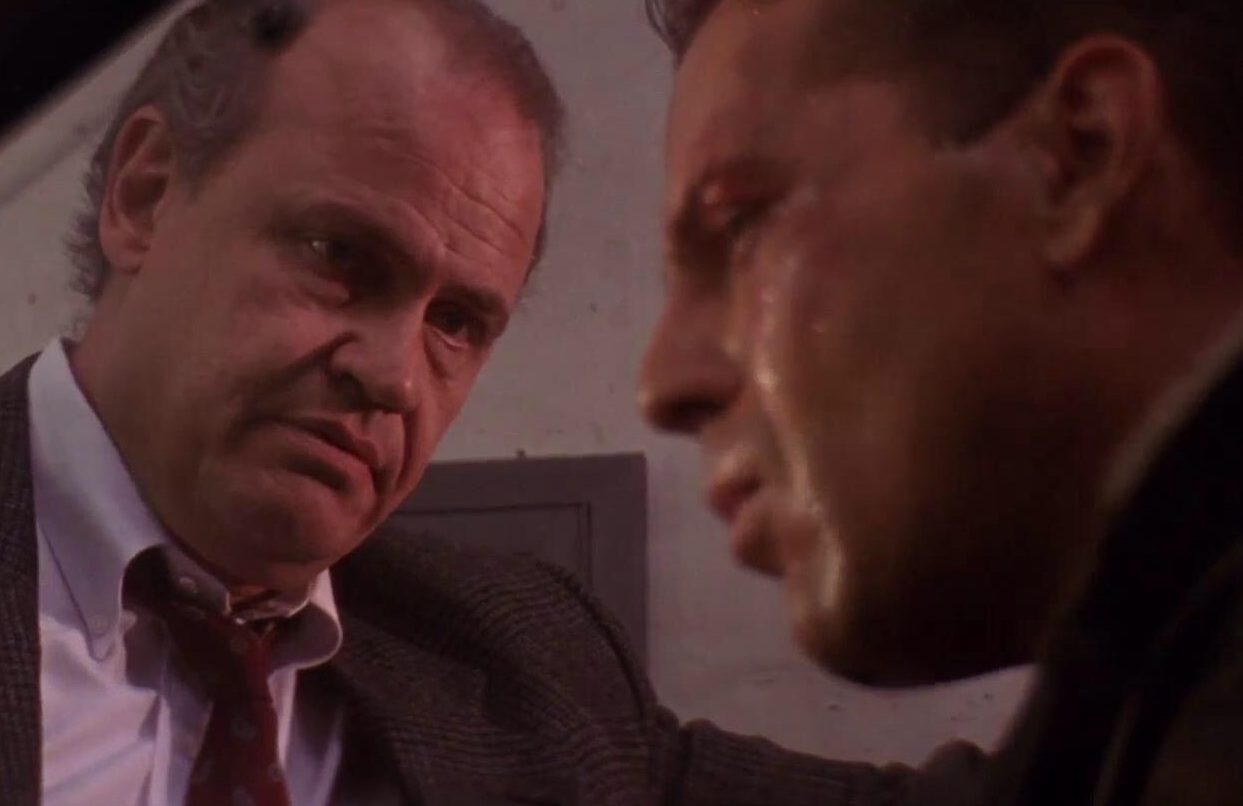
Writer Steven E de Souza has recalled that during production on Die Hard 2 he was approached by actor Fred Thompson, who said that they were using the F-word too often. At first de Souza assumed that Thompson was making this objection on moral grounds, but when the writer watched some of the dailies he realised the actor had a point.
In the scenes they’d shot up to that point, the F-word had been used so regularly that the dialogue was hard to take seriously. With this in mind, de Souza rewrote later scenes to significantly reduce the level of profanity. Not that this kept Die Hard 2 from being a potty-mouthed movie: in the final cut, the F-word is still used an estimated 63 times.
18. Air traffic controllers have pointed out a major plot hole: the planes would have changed course
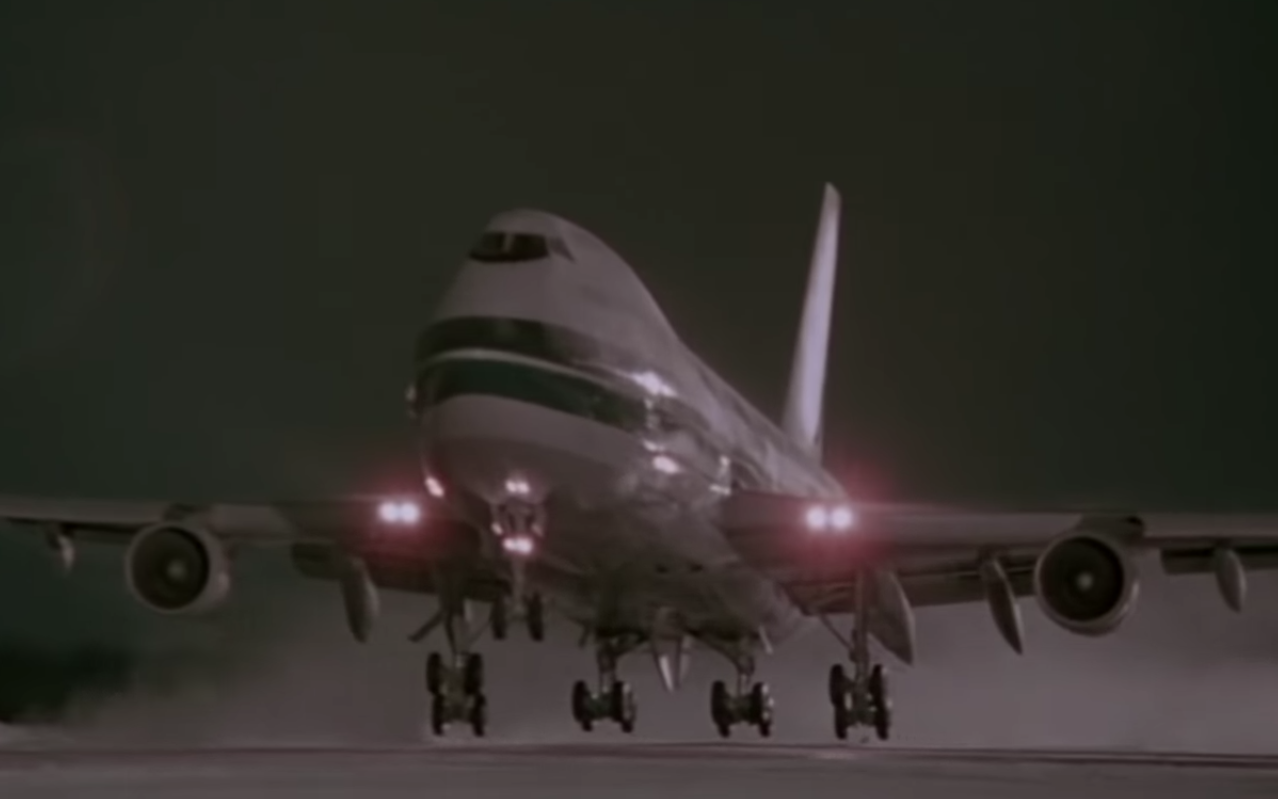
The terrorists’ plan is to force all the planes set to land to stay in the air, putting them at risk of running out of fuel and crashing. However, when a group of air traffic controllers fact-checked the film for Mel Magazine, they were quick to point out a big plot hole: the planes would have immediately changed course and flown to the next nearest airport.
Air traffic controller Dan Mooney explains, “Without even being told, all of those other flights would have redirected themselves to another airport. The pilots would wait about 20 minutes at most without communication, and then they’d go off to another airport. There would be no planes there.” Of course, that would have made for a far less exciting movie!
17. William Sadler’s nude scene was shot at the end of production, so he had time to get in shape
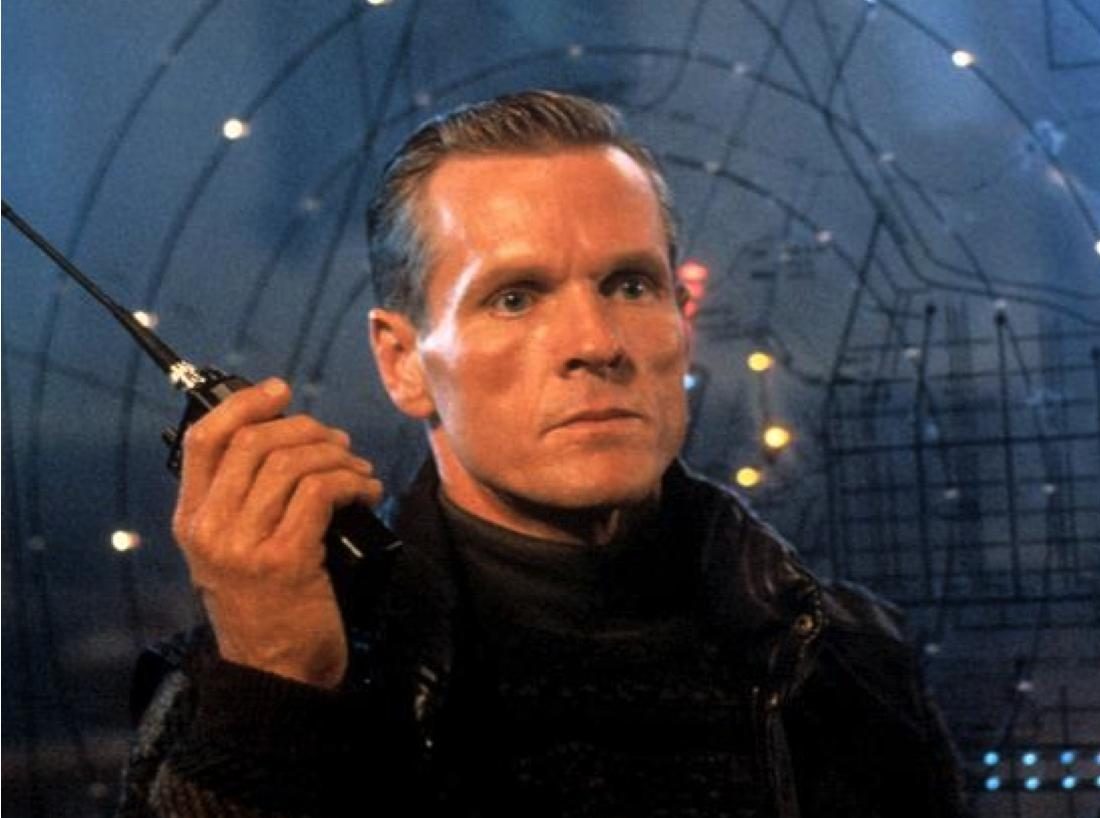
Die Hard 2 gives actor William Sadler an eye-opening introduction, as we first see his character Colonel William Stuart performing Tai chi naked in his hotel room. In the original script, Stuart was said to be ‘half-naked’ in this scene, but director Renny Harlin felt it would be far more striking if Sadler were to perform the scene fully nude.
As might be expected, Sadler (otherwise best known as the Grim Reaper in Bill & Ted’s Bogus Journey) was taken aback by the director’s request. Even so, he agreed on the condition that the scene was shot at the very end of production, thereby giving the actor time to work with a personal trainer and get into peak physical condition.
16. It was an even bigger hit than Die Hard
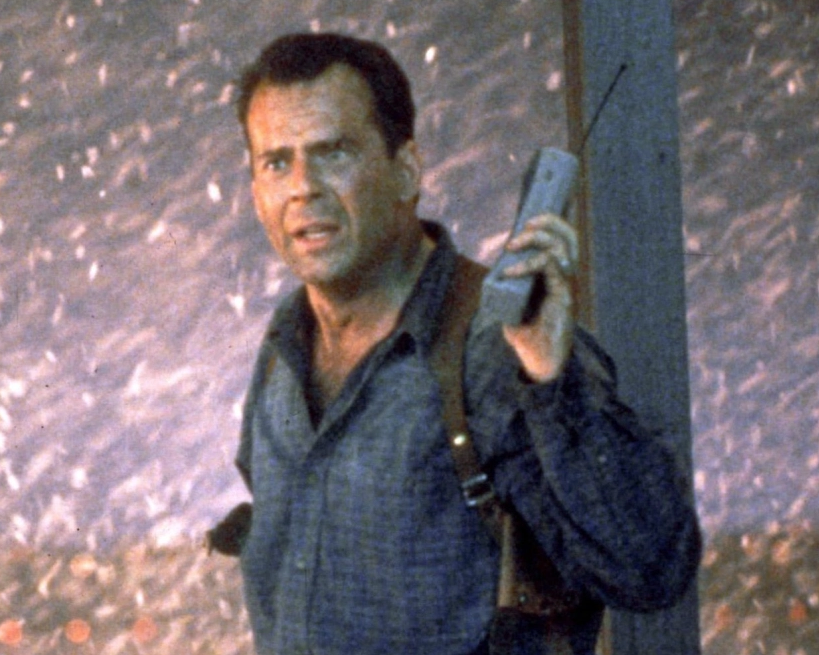
Given how the original Die Hard had catapulted Bruce Willis to superstardom and changed the face of action movies, everyone at the studio was banking on the sequel also being a hit – and they were not left disappointed. Die Hard 2 wound up doing even better than expected at the box office, with a final haul of $240.2 million worldwide.
This was a significant increase on the box office takings of the original Die Hard, which made around $141.5 million (but also cost around $30 million less to make). Die Hard 2 was mostly very well received by critics, too, although most agreed that it didn’t quite hold up to its predecessor. Today, Die Hard 2 has a 69% Rotten Tomatoes score, whilst the original has a more impressive 94%.
15. Bruce Willis has called it his least favourite Die Hard film
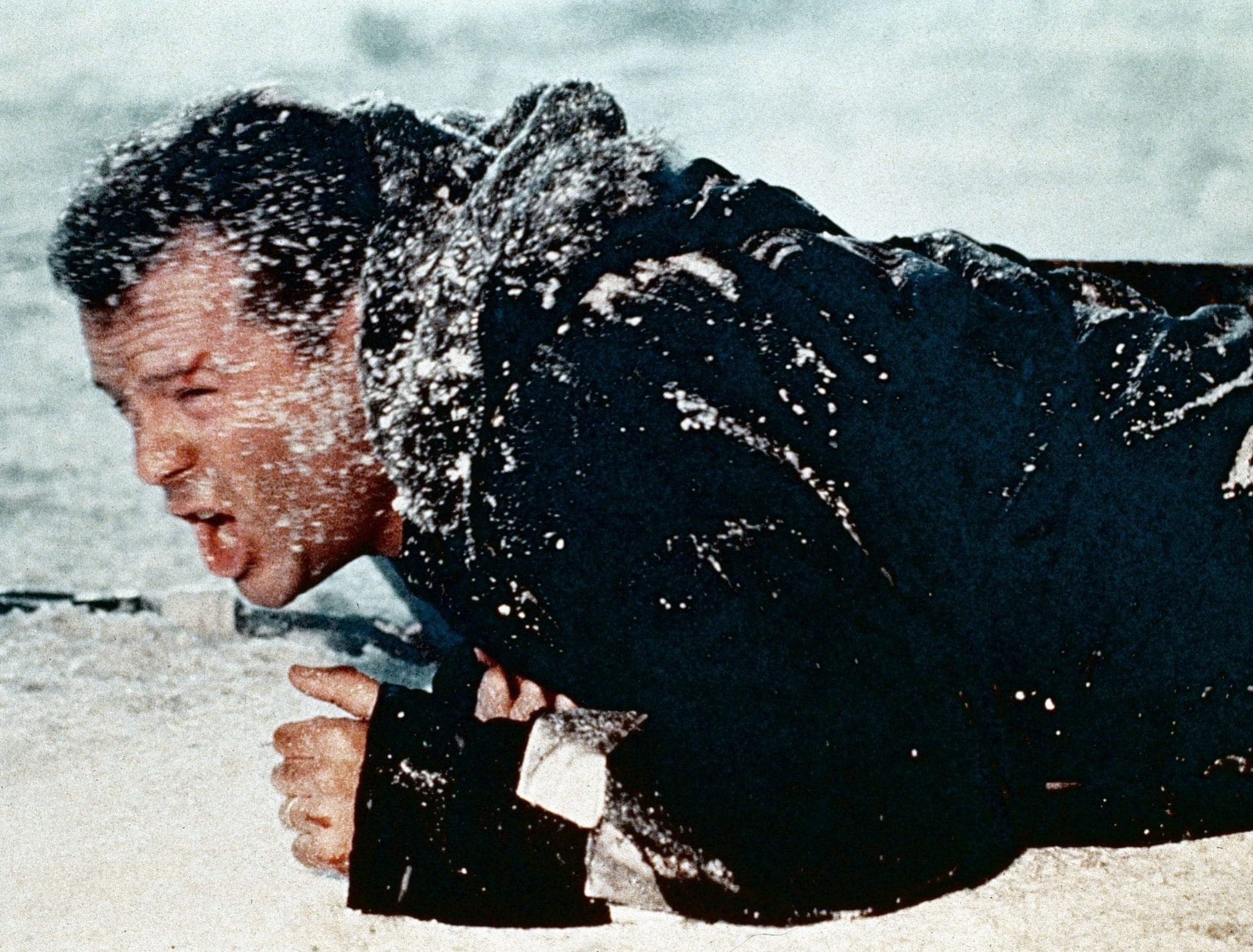
While Die Hard 2 is generally well-liked by action fans, it seems that Bruce Willis himself doesn’t look back on the second film with quite the same level of fondness. The actor remarked in a 2007 interview, “The second was my least favourite and the least fun. Far too self-referentially precious, the story was all over the place, and suffered from severe un-claustrophobic-ness.”
Three further sequels followed: Die Hard with a Vengeance (which saw the return of original director John McTiernan) came in 1995, then after a long hiatus Live Free or Die Hard (AKA Die Hard 4.0) was released in 2007. Finally there was 2013’s A Good Day to Die Hard, which most fans and critics agree was the absolute lowest point for the series. Willis has yet to reveal how he really feels about that one.
14. Bruce Willis was given free rein to ad-lib

The first Die Hard was conceived as a fairly straight action movie, and the role of John McClane was originally offered to a great many of Hollywood’s most bankable leading men. Things changed when the role was given to Bruce Willis, who was known primarily for working in comedy at the time, and brought a lot of his own distinctive humour to the film.
As Willis had ad-libbed a lot of his most memorable wisecracks in the first Die Hard, he was given more or less free rein to come up with as many off-the-cuff witticisms as he liked on the set of Die Hard 2. Probably the most famous of these comes when McClane himself notes the similarity of his situation to the previous film, remarking, “how can the same s*** happen to the same guy twice?”
13. John Leguizamo says his role was reduced because of his height
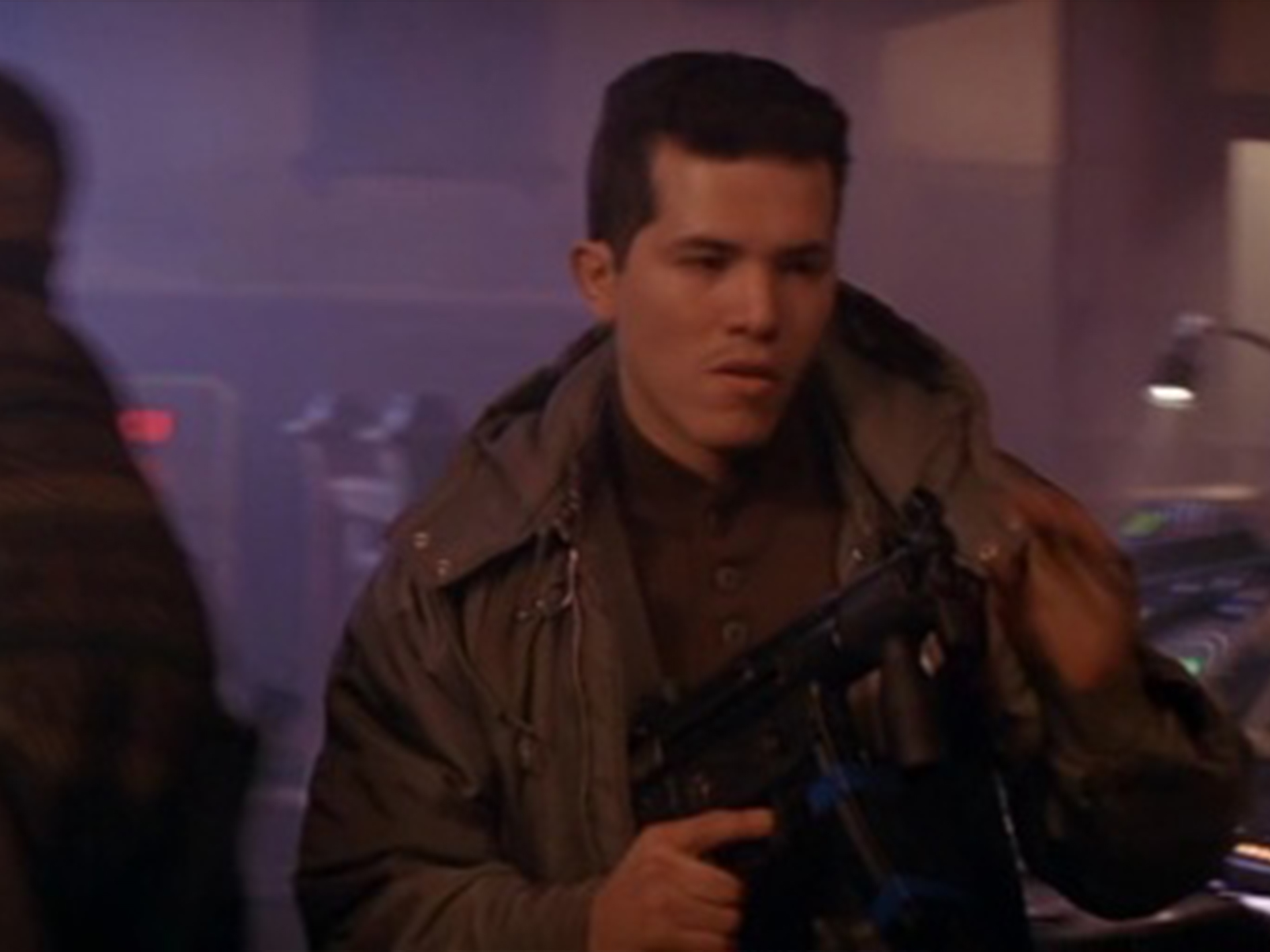
Among the familiar faces in Die Hard 2’s supporting cast is John Leguizamo, who appears as Burke, a henchman of William Sadler’s Colonel Stuart. Leguizamo went on to become a bigger name in the 90s, but doesn’t get much to do in Die Hard 2 – and the actor says that his part was reduced in the film because of his height.
At 5’7″, Leguizamo was a few inches shorter than his co-stars, and the actor has stated that for this reason his role was significantly pared back and his lines given to other actors. Adding insult to injury, the single line of dialogue that Leguizamo’s character speaks in the film actually wound up being dubbed over by another actor.
12. Bruce Willis and John Amos didn’t get along for real

In contrast with the first film in which he’s mostly alone, Die Hard 2 sees John McClane share scenes with many other actors, a fair few of them playing authority figures with whom he butts heads. The most memorable of these (along with Dennis Franz’s Captain Carmine Lorenzo) is John Amos as Major Grant, commander of the military unit sent in to take down Stuart – or so we think at first.
There’s a great deal of tension between McClane and Grant in the film – and according to John Amos, this might not have been entirely acting on the part of either man. Amos has intimated that there really was some bad blood between himself and Bruce Willis from their time working together, stating in an interview, “Let’s just say that he will never humiliate me in public again. You got that, Bruce?”
11. Most of the snow is artificial
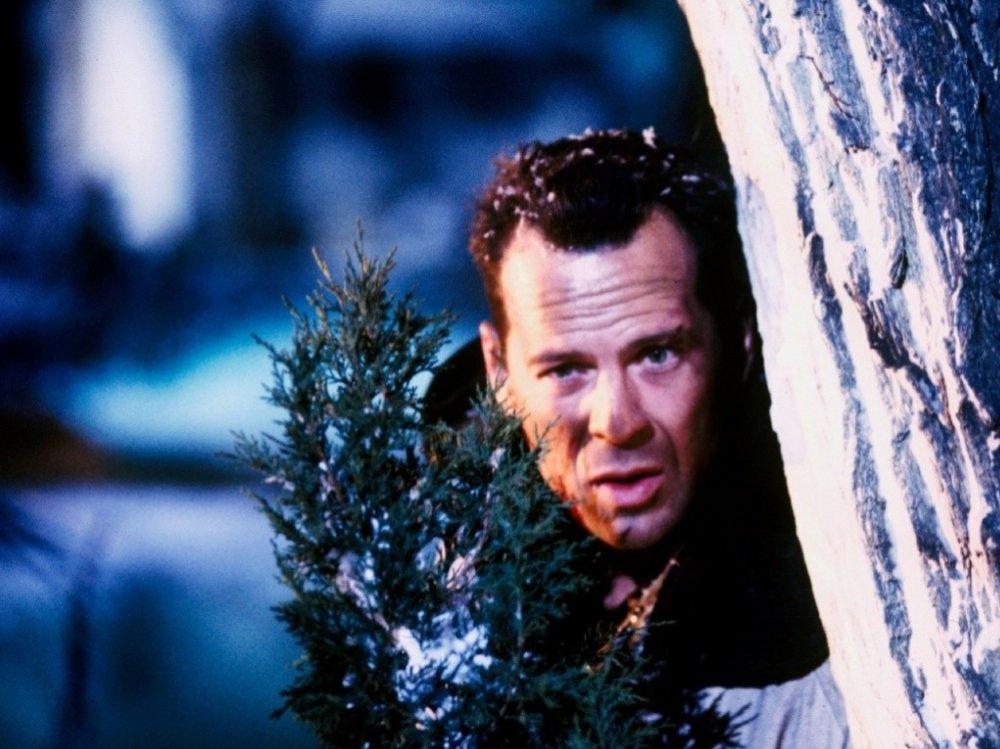
There are those who argue that Die Hard 2 is a better Christmas movie than Die Hard; while both films are set on Christmas Eve, the sequel at least takes place in a wintry location, as it’s set way over on the East Coast of America in Washington, DC. Unfortunately, the filmmakers had a bit of difficulty capturing the snowy conditions they wanted for the film.
Originally they had hoped to shoot in Washington, but as the weather conditions were not right, they opted instead for Denver, Colorado. Yet when they arrived, Denver was in the grip of an unseasonal heatwave, so vast quantities of fake snow had to be shipped in. Ironically, production had to be briefly put on hold midway through when a massive blizzard hit the set.
10. The film was originally more violent
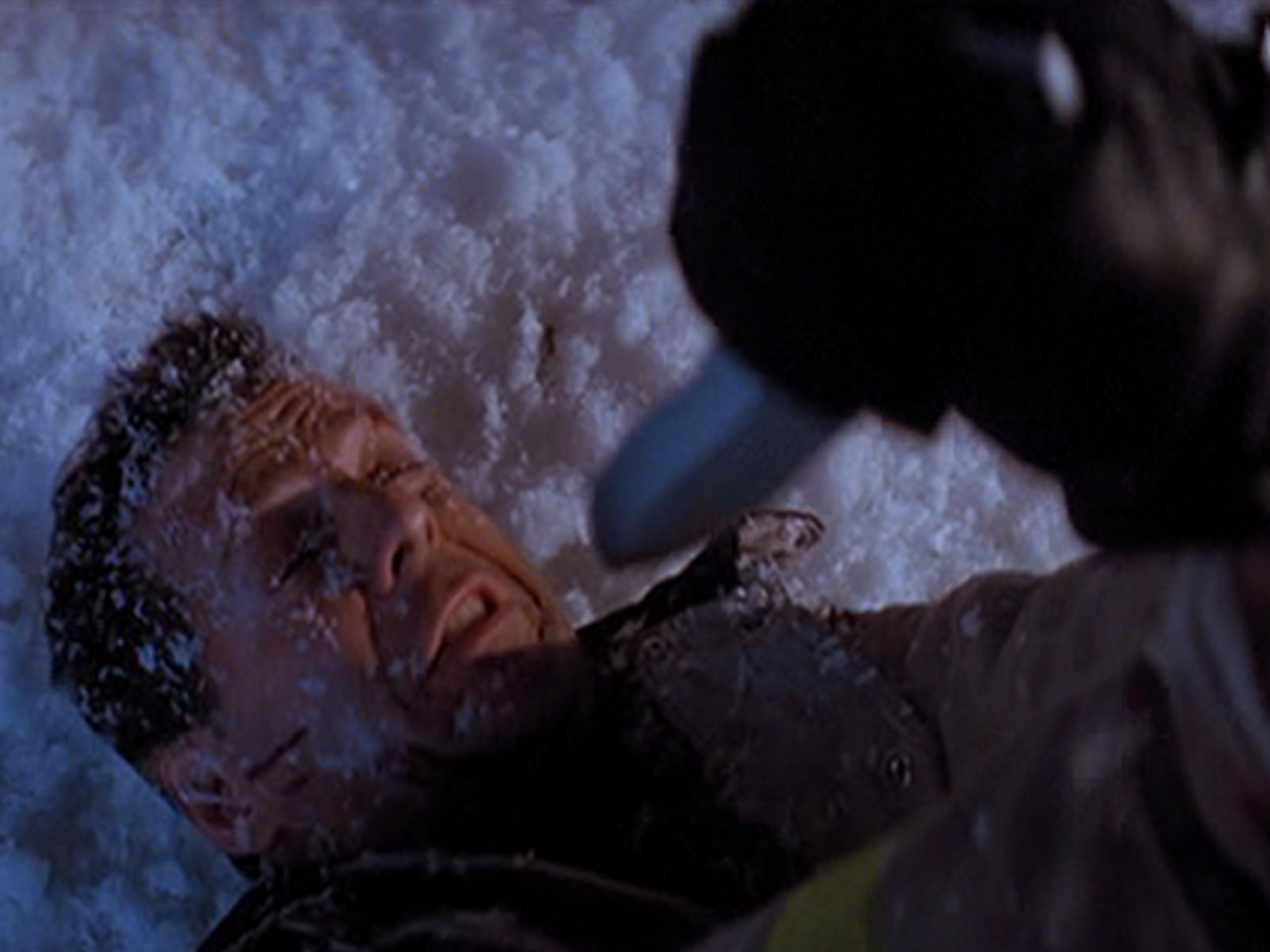
Die Hard 2 exploded onto screens in the US in July 1990, just two months before something else rocked American cinemas: the introduction of the NC-17 certificate. US ratings board the MPAA hoped this replacement for the X rating would improve the marketability of films intended for adults only, and Die Hard 2 was briefly poised to be one of the first films released with this rating.
Die Hard 2 was initially given an NC-17 due to the level of violence, but the studio were insistent on a more commercially viable R rating. Subsequently, the offending scenes (including grisly deaths by icicle and turbine engine) were re-edited to lessen their impact. Perhaps ironically given its increased death toll, Die Hard 2 wound up being rated 15 in Britain, where the original had received a more restrictive 18.
9. It’s the only Die Hard movie to feature actors from the original besides Bruce Willis

No one would ever deny that the star of the Die Hard series is Bruce Willis, but it is perhaps surprising that he wound up being the sole connecting thread between all five films in the franchise. By contrast, Die Hard 2 brings back three of his co-stars from the 1988 original: Bonnie Bedelia as Holly McClane, Reginald VelJohnson as Al Powell and William Atherton as Richard Thornberg.
This would be the only time that any other actors from the original film appeared in another Die Hard movie, although Reginald VelJohnson has voiced Al Powell in a number of Die Hard video games. One star of the 1988 original, Lucy McClane actress Taylor Fry, was reported to have auditioned to reprise the role in Live Free or Die Hard, but she lost out to Mary Elizabeth Winstead.
8. Franco Nero was cast because he and Joel Silver had the same accountant
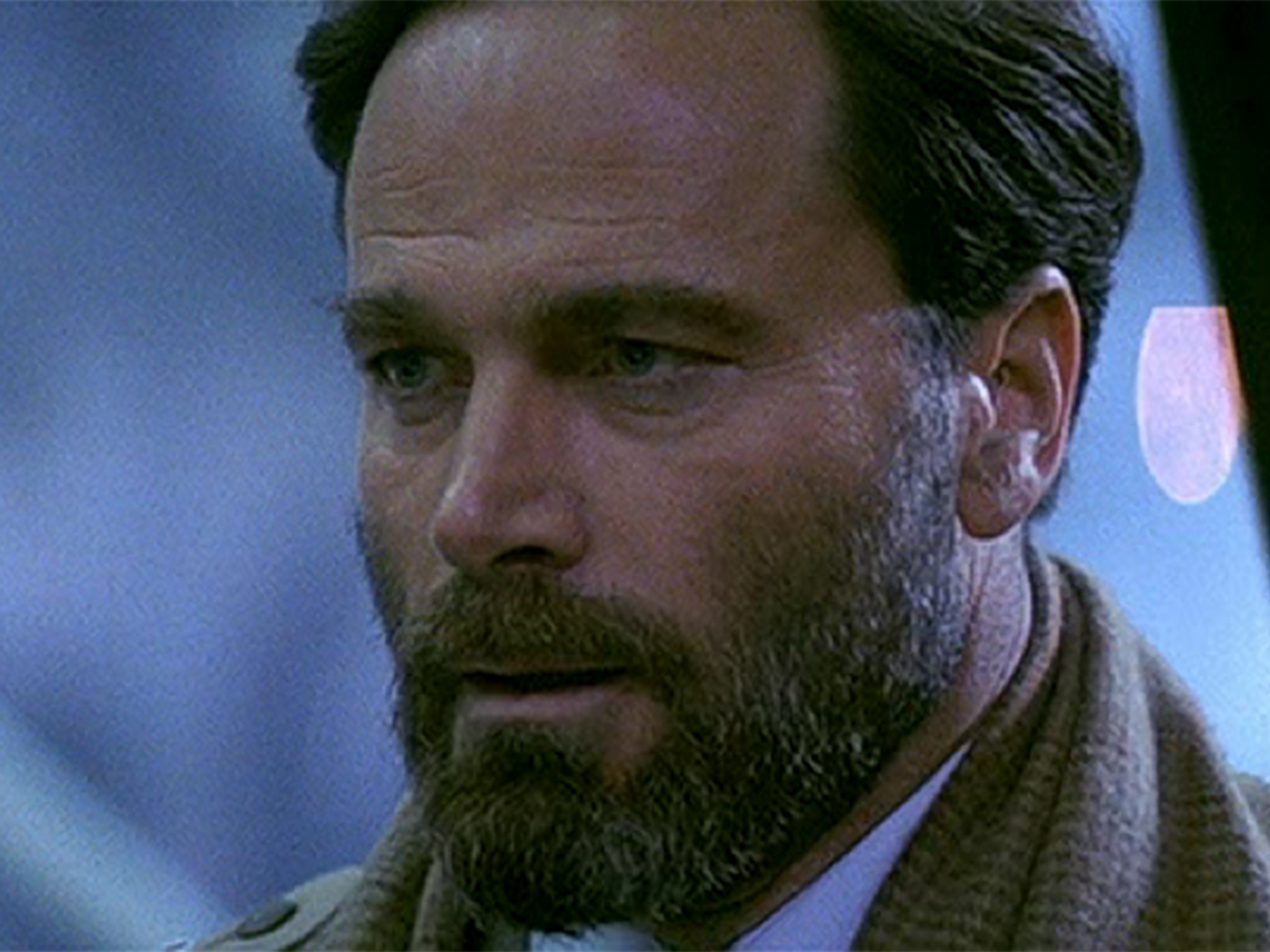
In the key role of the warlord General Ramon Esperanza, Die Hard 2 features seasoned Italian screen veteran Franco Nero. According to the actor himself, his casting in the film came about under strange circumstances: both he and Die Hard 2 producer Joel Silver had the same accountant, which Silver discovered when noticing his accountant’s office had a number of posters from Nero’s movies.
Silver was able to get Nero’s contact details from the accountant, and Nero received a phone call and job offer from director Renny Harlin the following day. Nero was initially reluctant to do Die Hard 2 as he wasn’t impressed with the script, and was making another film at the same time. Eventually Nero agreed when the filmmakers were able to schedule his scenes to fit his availability.
7. It launched Renny Harlin as a major action director
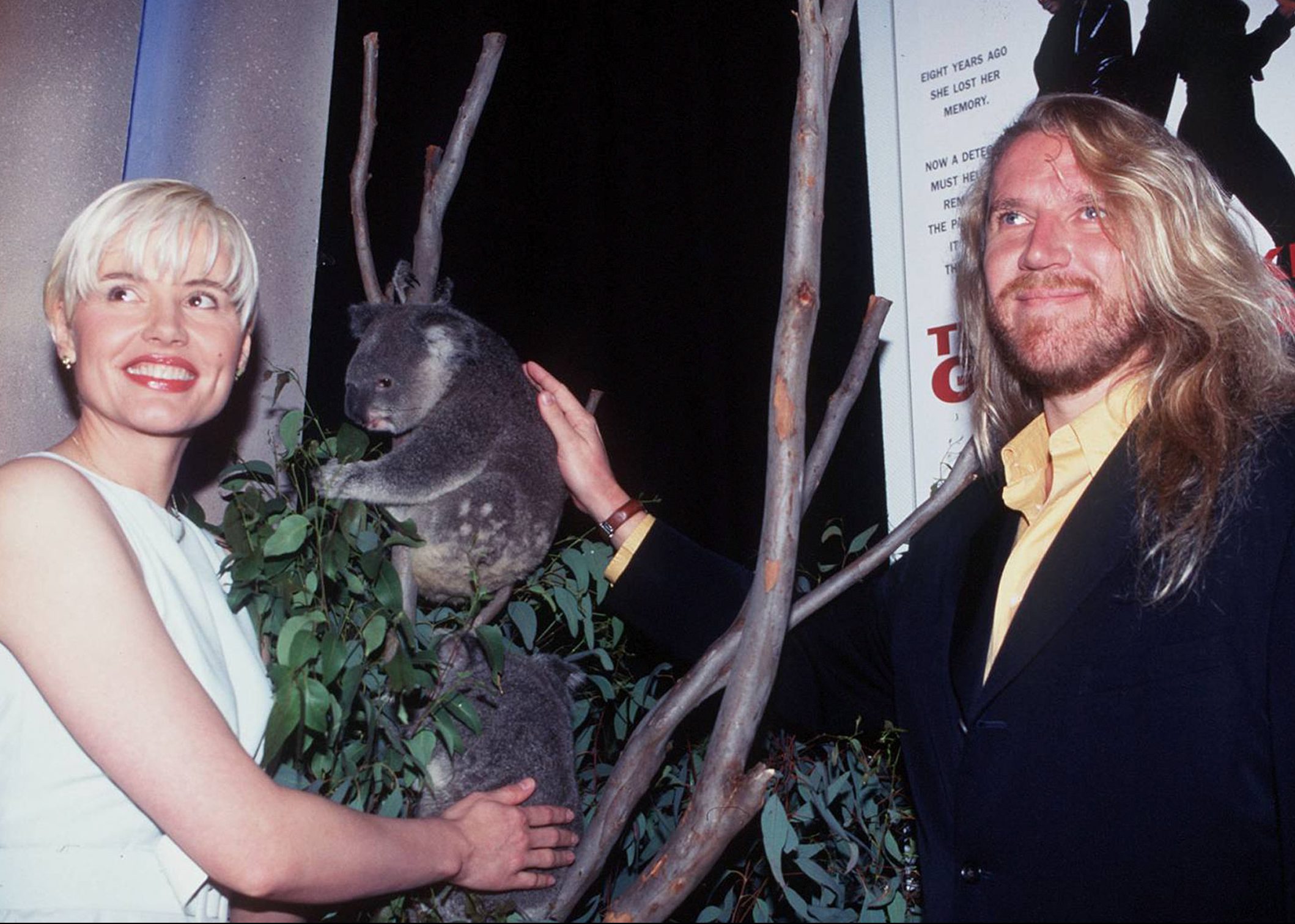
Before Die Hard 2, Finnish director Renny Harlin had worked primarily in comparatively low-budget independent productions, but landed the Die Hard sequel after impressing the producers with his work on A Nightmare on Elm Street 4. After the success of Die Hard 2, Harlin became one of the most successful action directors around for a time.
Harlin followed Die Hard 2 with another big action movie, Cliffhanger (which is ironically often described as Die Hard on a mountain). His next film Cutthroat Island (starring then-wife Geena Davis) was a notorious flop, but Harlin later enjoyed bigger hits with The Long Kiss Goodnight (also starring Davis) and shark thriller Deep Blue Sea. In more recent years, Harlin has made a number of films in China.
6. It was never officially called ‘Die Harder,’ even though some DVD releases use this title
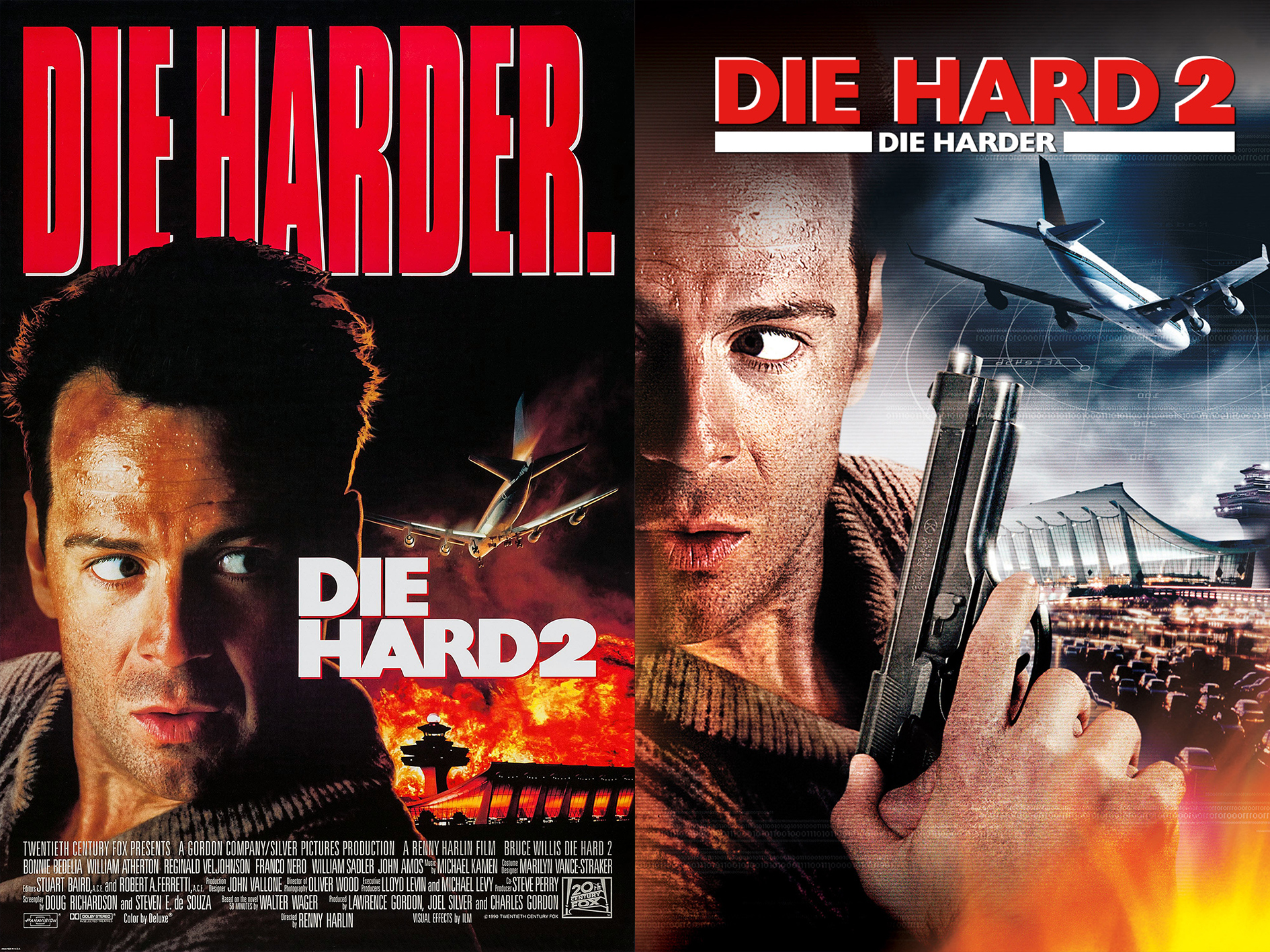
One slightly curious matter regarding Die Hard 2 has do with the film’s title. It has often been referred to as either Die Harder or Die Hard 2: Die Harder, although neither of these was ever the official title: as the opening credits of the film show, it is simply called Die Hard 2, with no subtitle or further embellishment attached.
The confusion stems from the fact that the words ‘Die Harder’ were prominently used in the film’s initial marketing, particularly on its original theatrical poster. This helped hammer the supposed title into the popular consciousness; the fact that none of the subsequent sequels have a number in the title may also be a factor. As a result of this, some DVD/Blu-ray editions of the film were released with the cover reading ‘Die Hard 2: Die Harder.’
5. Screenwriter Steven E de Souza included a sneaky reference to earlier action hit Commando in the film
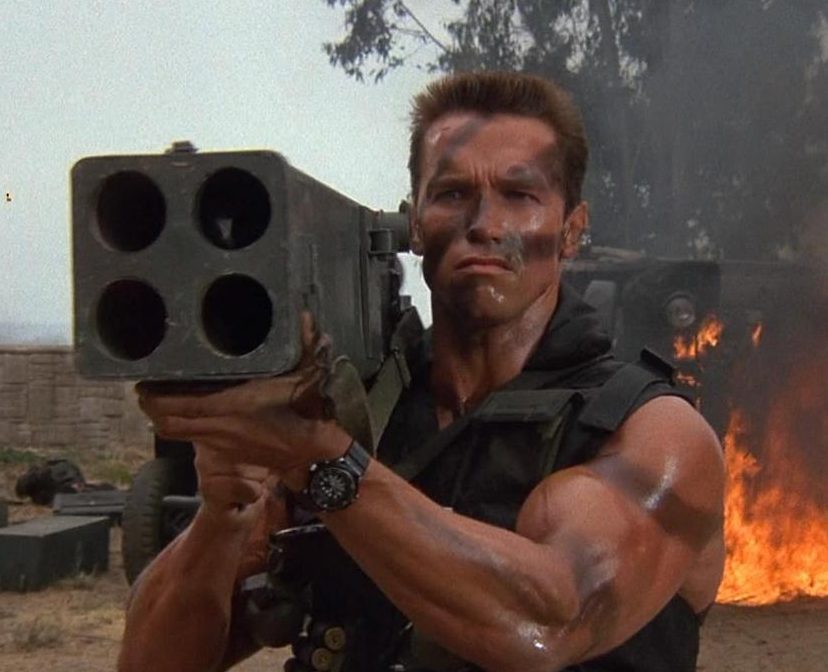
The villains in Die Hard 2 put Dulles International Airport under siege, demanding the release of General Ramon Esperanza (Franco Nero), the militant dictator of South American country Val Verde. In reality, Val Verde doesn’t exist, but it was featured in an earlier film also written by Steven E de Souza: Arnold Schwarzenegger’s 1985 action film Commando.
De Souza has also claimed that 1987’s Predator (which he did not write) is also set in Val Verde. Because of this, there’s a fan theory that Die Hard, Commando, Predator and Alien (because of the Alien vs Predator films) are all set in the same cinematic universe. For better or worse, we’ve still yet to see John McClane do battle with extra-terrestrials.
4. The closing airport shot was a breakthrough for digital FX
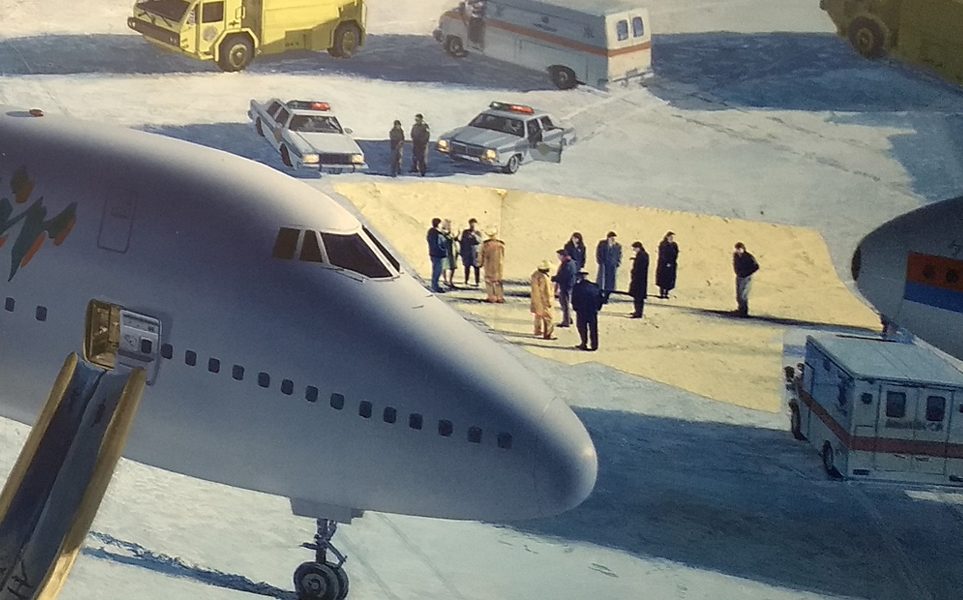
Die Hard 2 arrived just as the use of computer generated imagery was becoming a hot topic in the movies. The film boasts a shot which broke new ground for the use of digital effects, but you might be surprised which shot this was: the final image in the movie, which slowly zooms out on the numerous planes that have just landed safely at the airport as the sun comes up.
As it would have proved too expensive for the filmmakers to pay to use all the planes needed for this one shot, it was achieved by the use of an old-fashioned technique: a matte painting, which is created by hand in order to create the illusion of a spectacular backdrop. Die Hard 2 was the first film to composite a matte painting with live action footage of people moving, which was achieved with computer trickery.
3. They almost changed the crashed commercial airliner into a cargo plane to avoid such a high body count
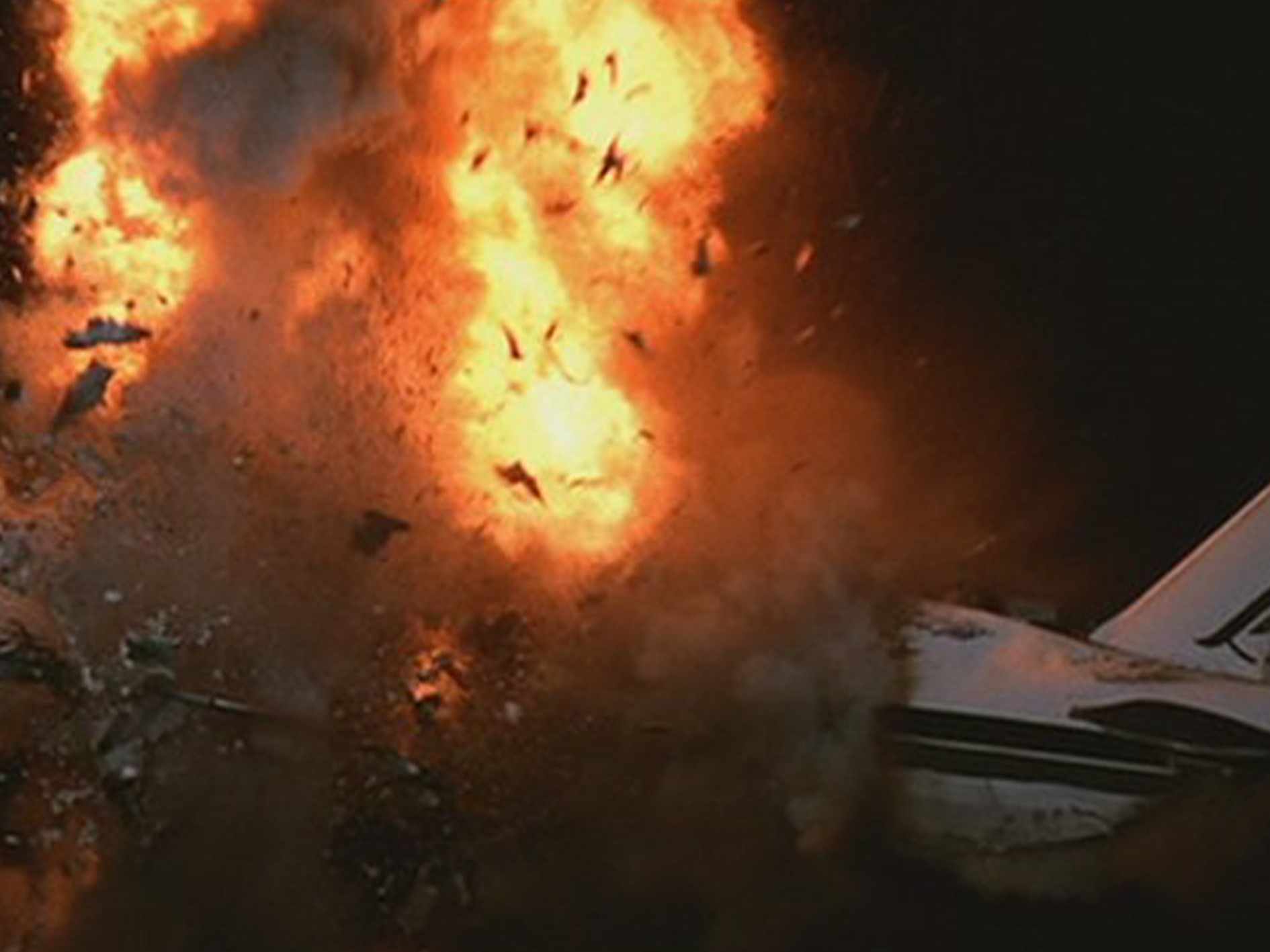
Die Hard 2 has a considerably bigger body count than the first Die Hard, thanks to a single scene: when Stuart and his team deliberately feed inaccurate data to a British passenger plane, causing it to crash and killing everyone aboard. We see John McClane traumatised by his failure to save all those innocent lives, and there were concerns that this might be going too far.
According to screenwriter Steven E de Souza, executives at 20th Century Fox were appalled by the scene, telling the filmmakers, “‘You can’t kill all those people. We’ll lose the audience. It has to be a UPS plane.’ They actually spent money and they filmed a model UPS plane crashing as a fallback position.” However, when test audiences were not upset by the original scene, the studio agreed to keep it.
2. Robert Patrick’s role helped him get cast in Terminator 2

One actor who briefly appears in Die Hard 2 went in to make an even bigger impression in another major action sequel: Robert Patrick, who shows up early on as a henchman named O’Reilly. This was Patrick’s first appearance in a major motion picture, and although it’s only a small part, Patrick managed to make a big impression as a menacing bad guy.
Patrick’s work on Die Hard 2 made enough of an impact for the actor to be invited to audition for the role of the T-1000, the key villain in Terminator 2: Judgment Day. After impressing writer-director James Cameron, Patrick got the part, and it proved to be the performance he is still best remembered for. Released in 1991, Terminator 2 was an even bigger hit than Die Hard 2, earning over $520 million.
1. Bruce Willis and producer Joel Silver fell out during production
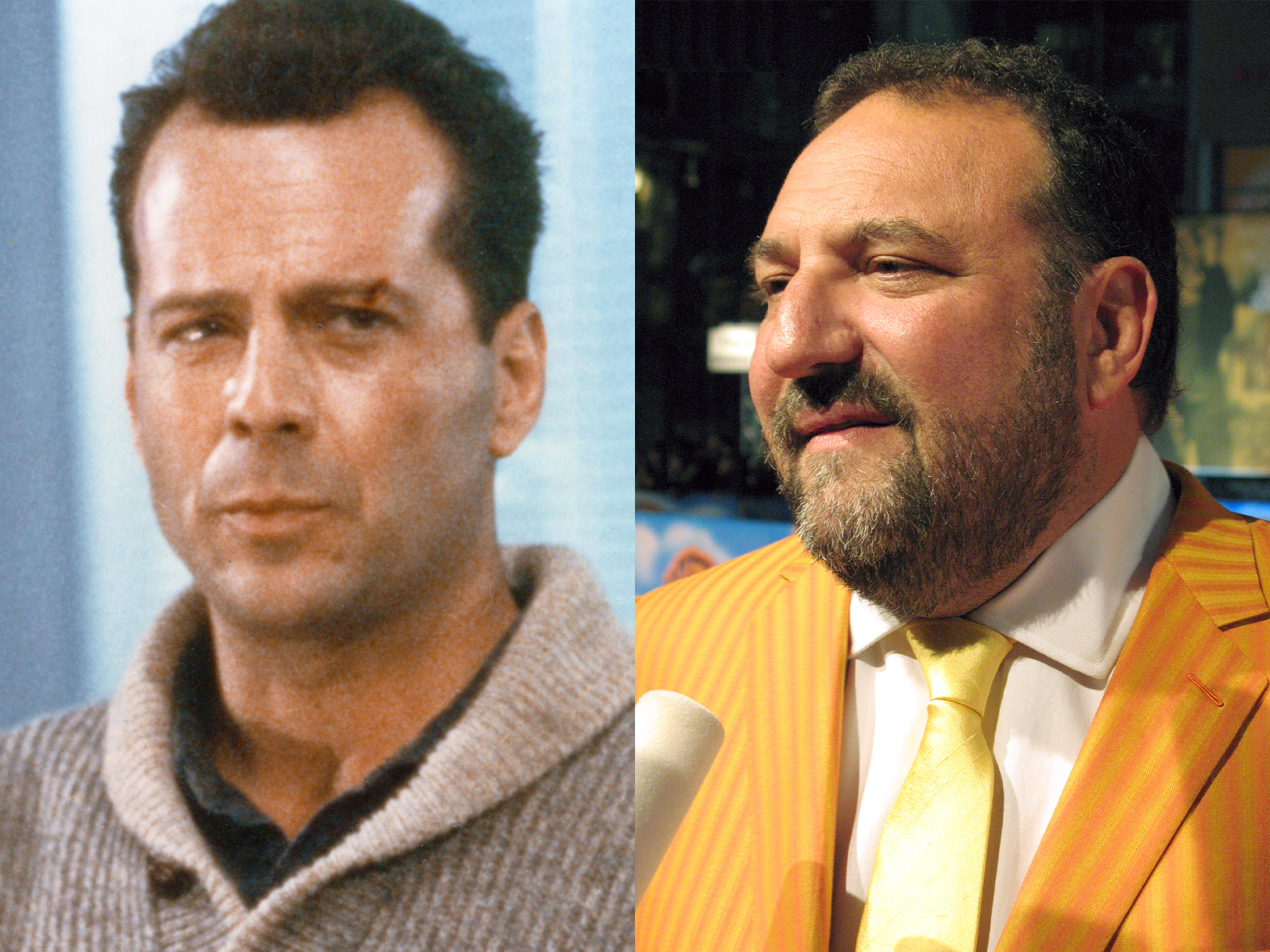
After such hits as 48 Hrs., Commando, Predator and Die Hard, producer Joel Silver was one of the most powerful figures in Hollywood. However, he did not produce another Die Hard movie after Die Hard 2, in part because of clashes with studio 20th Century Fox, but also due to a big falling out with leading man Bruce Willis.
It was reported that Fox were unhappy with Silver during the Die Hard 2 shoot, allegedly because the producer was spending far too much money (the film’s final budget is said to have wound up being a then-unusually high $70 million). As for Silver’s relationship with Willis, they made two more films together – Hudson Hawk and The Last Boy Scout – then parted ways for good.

